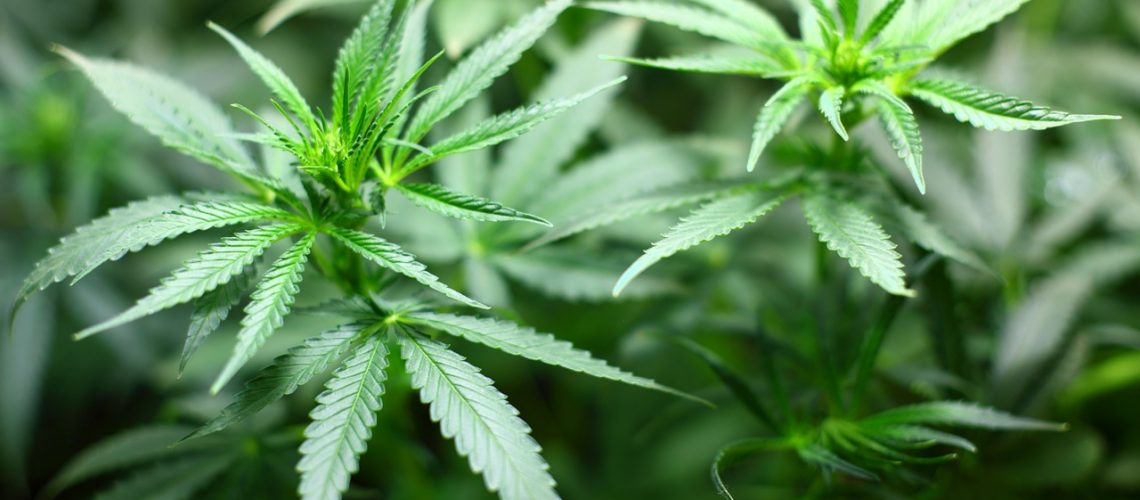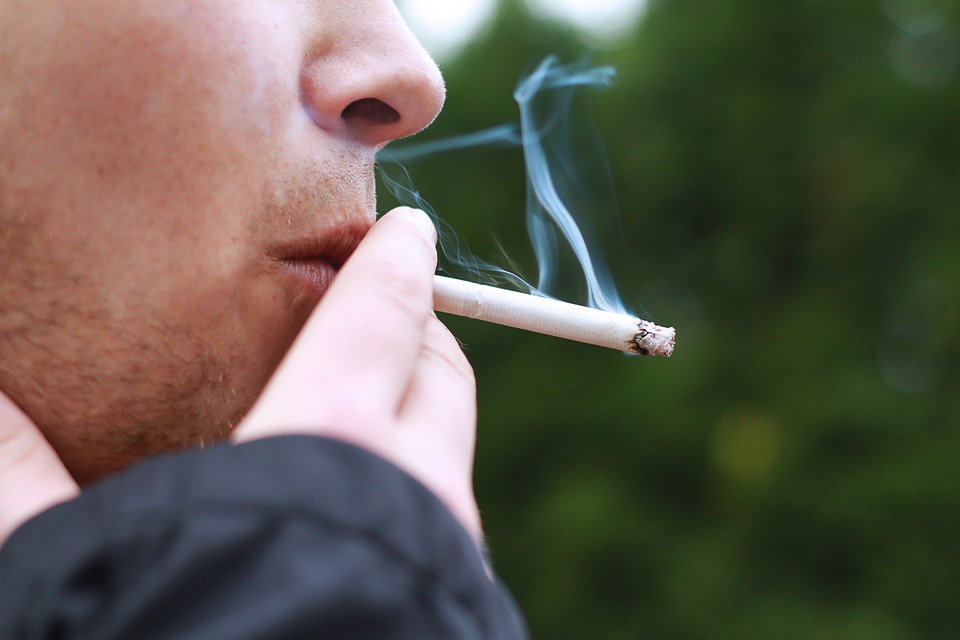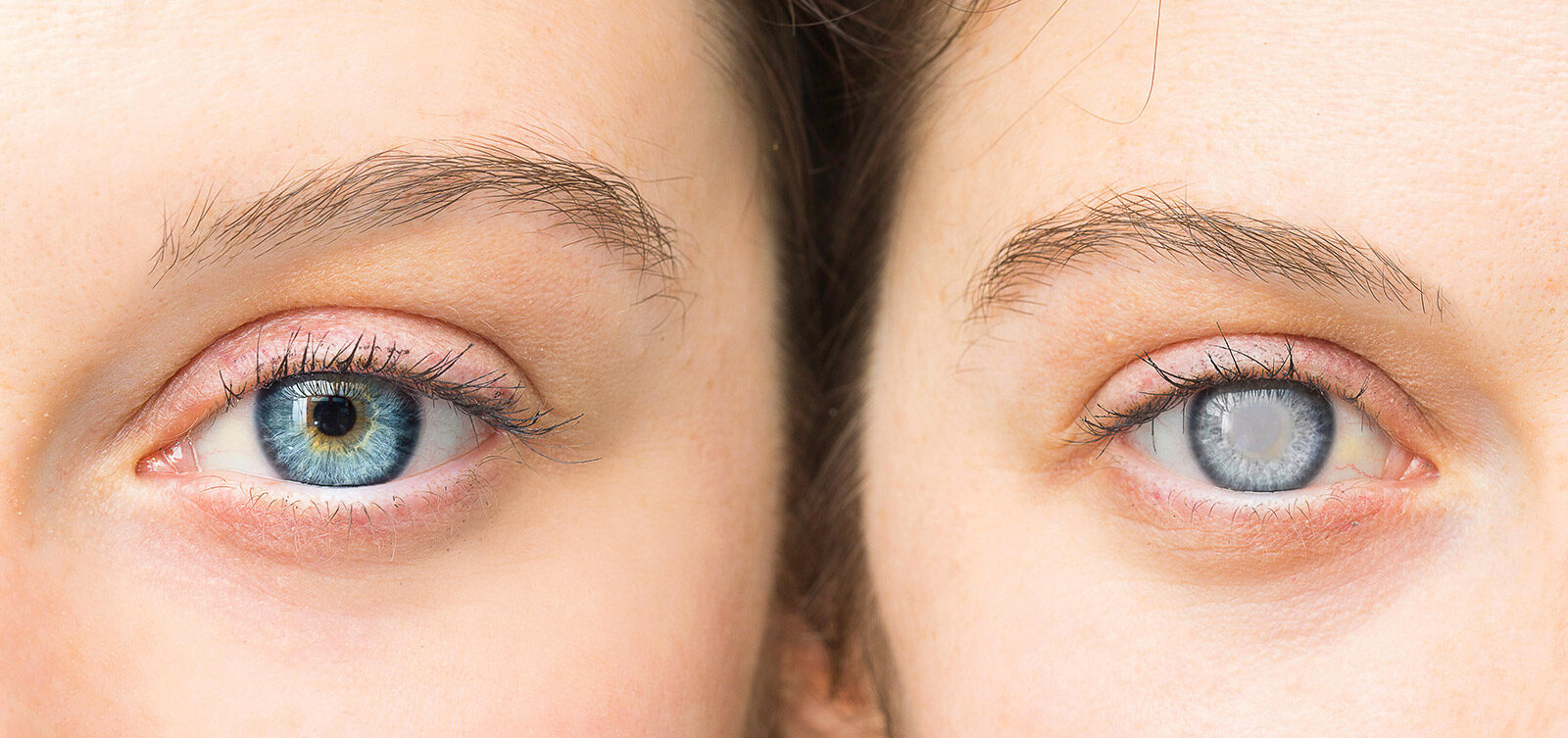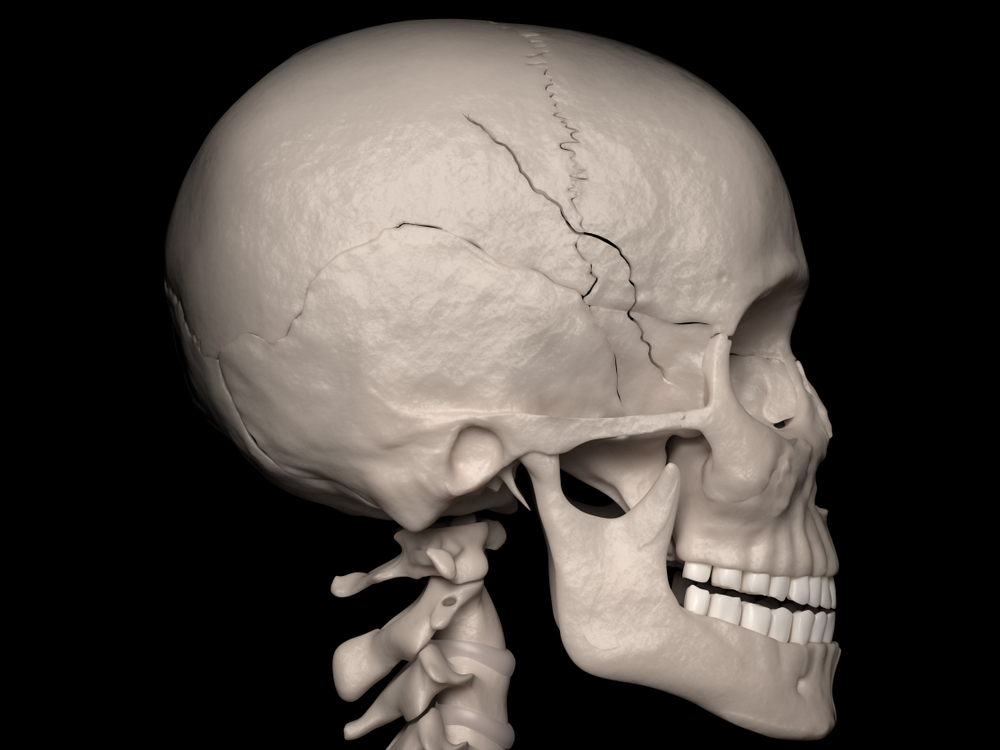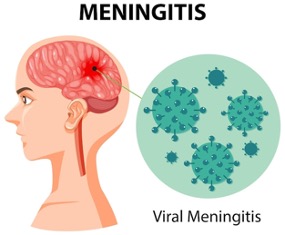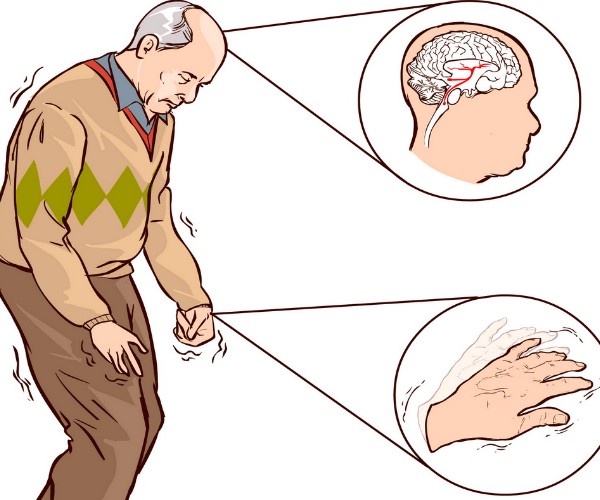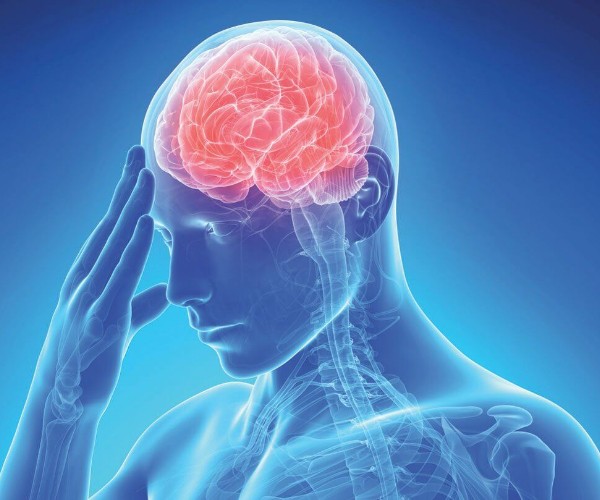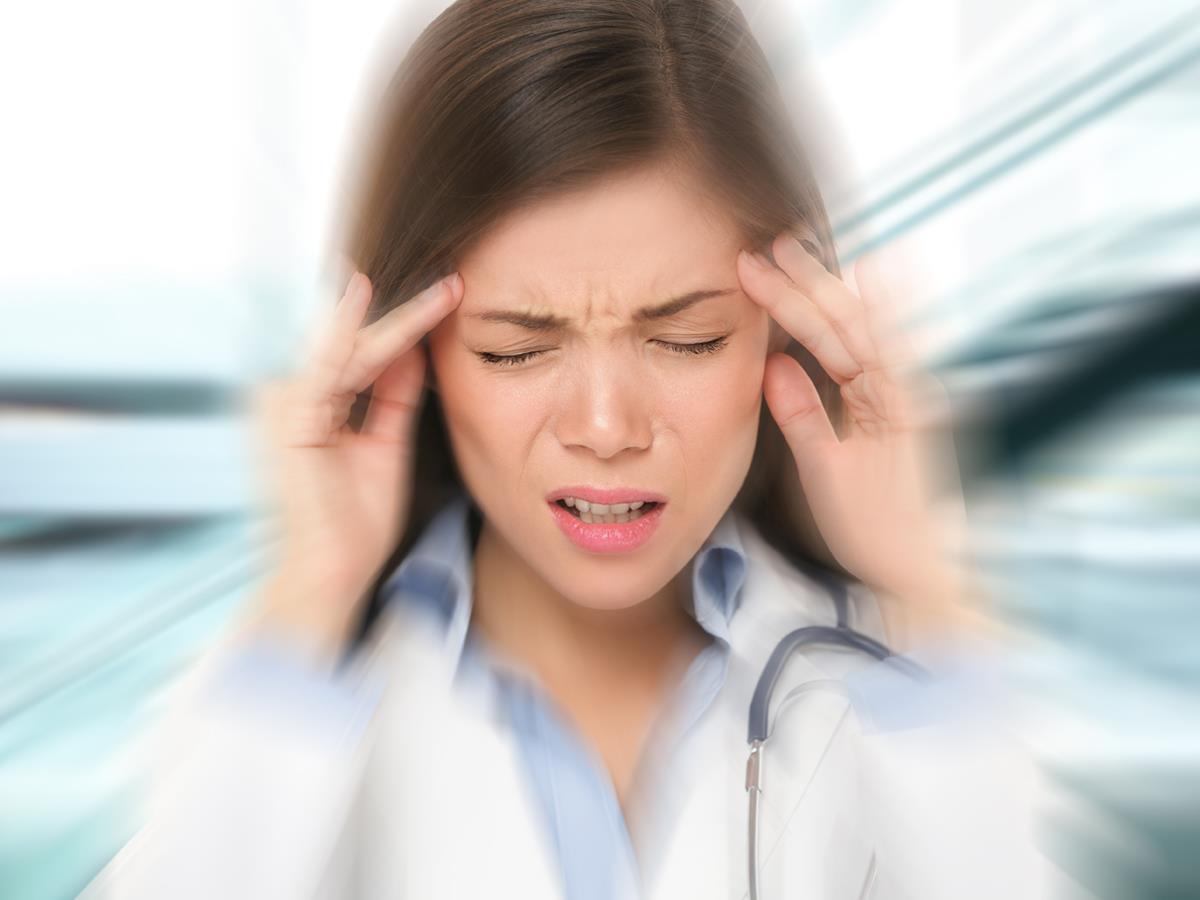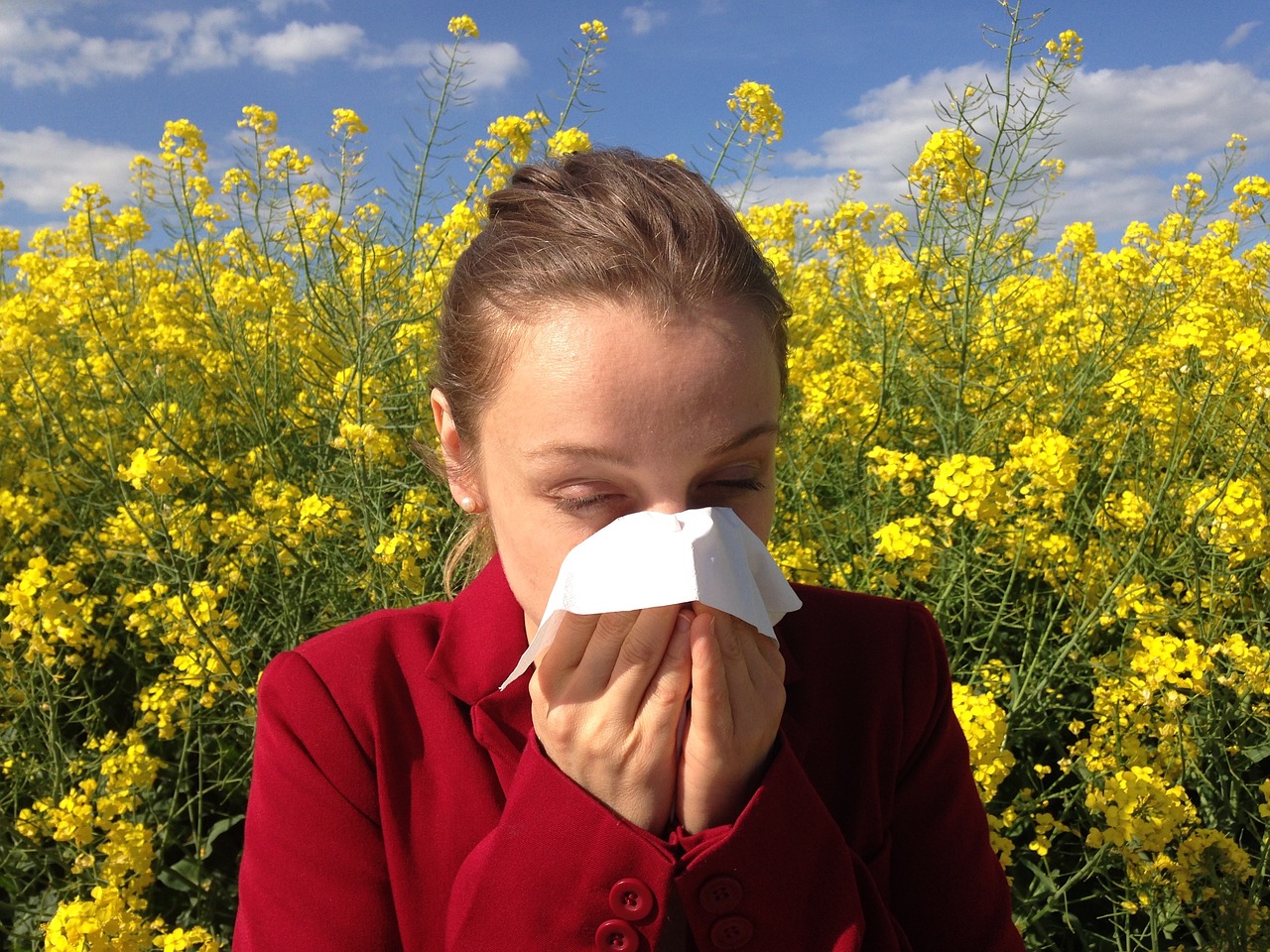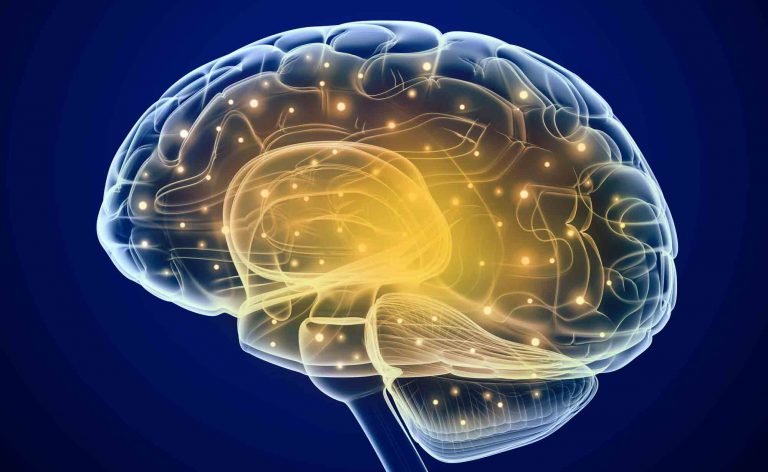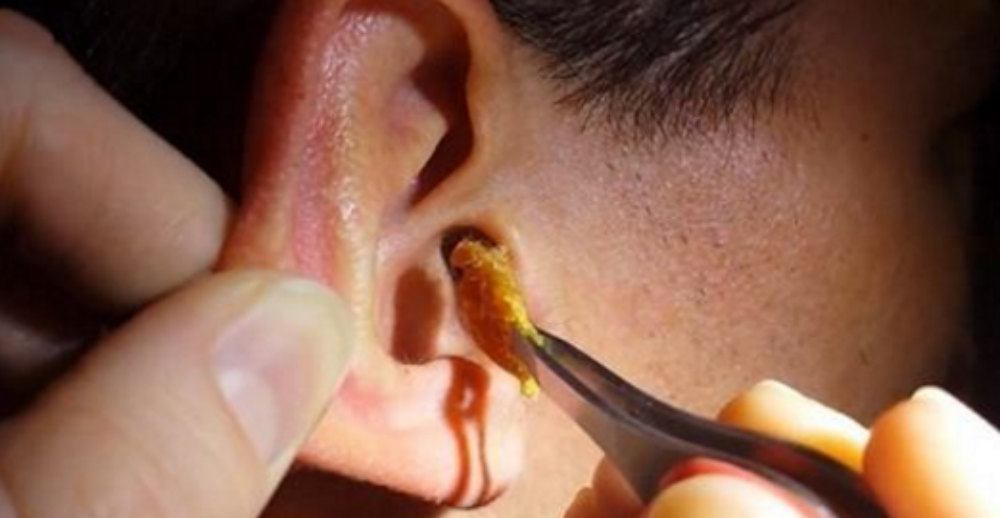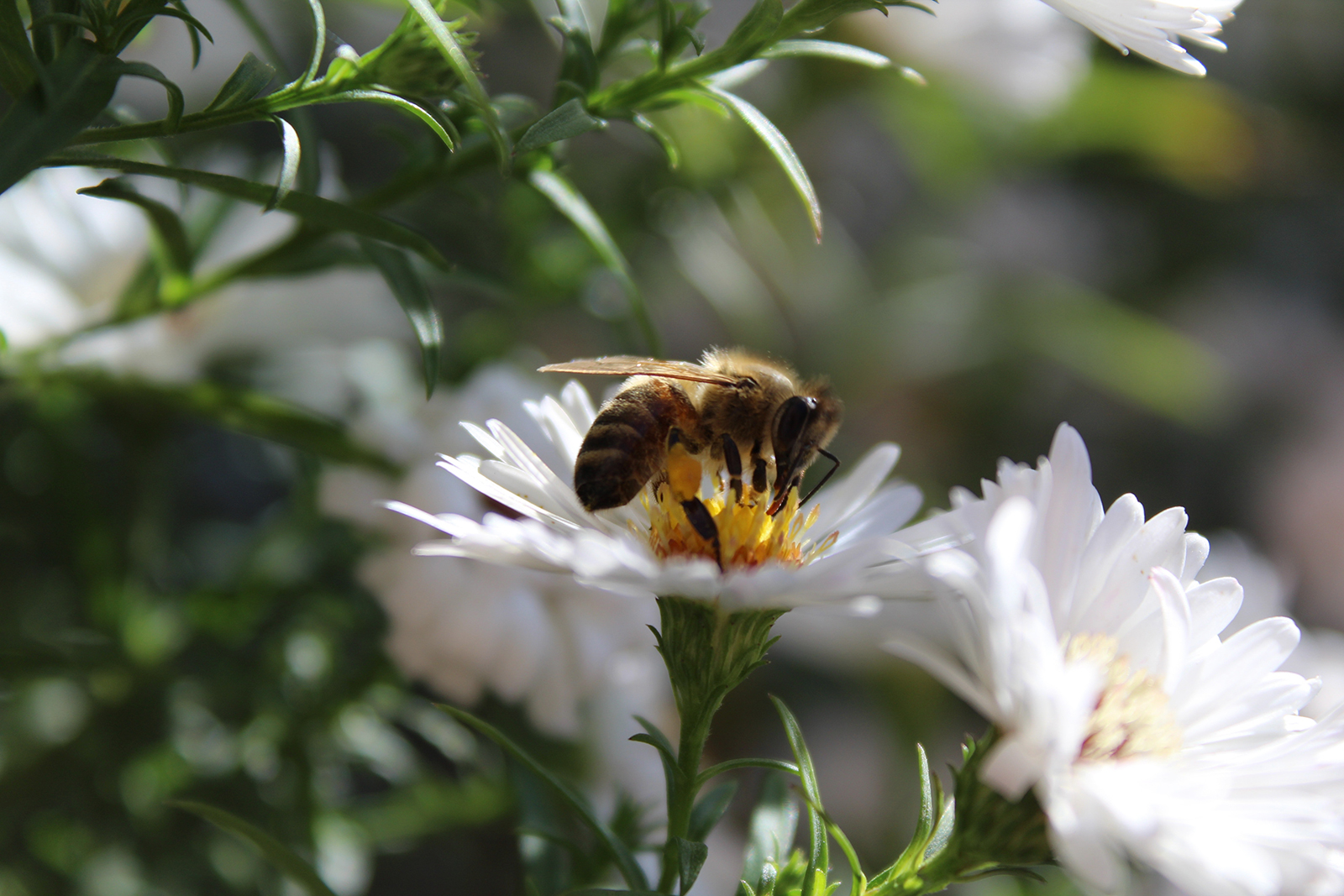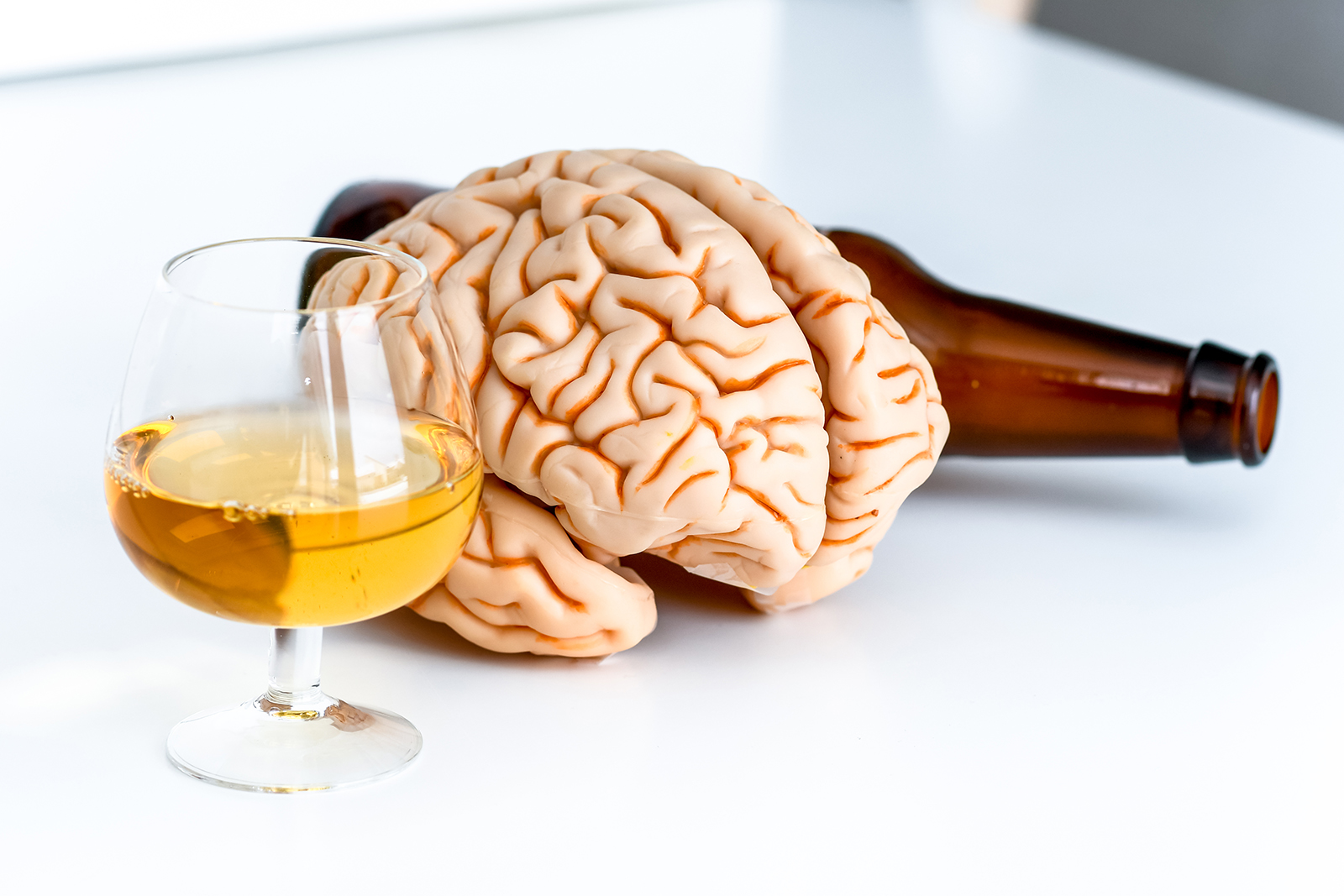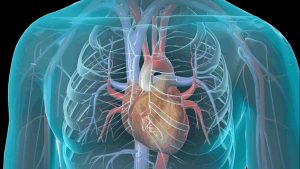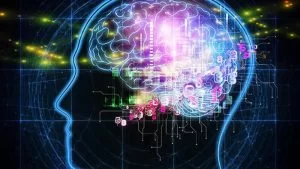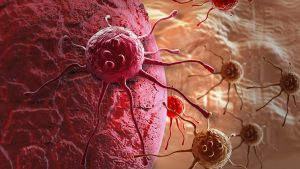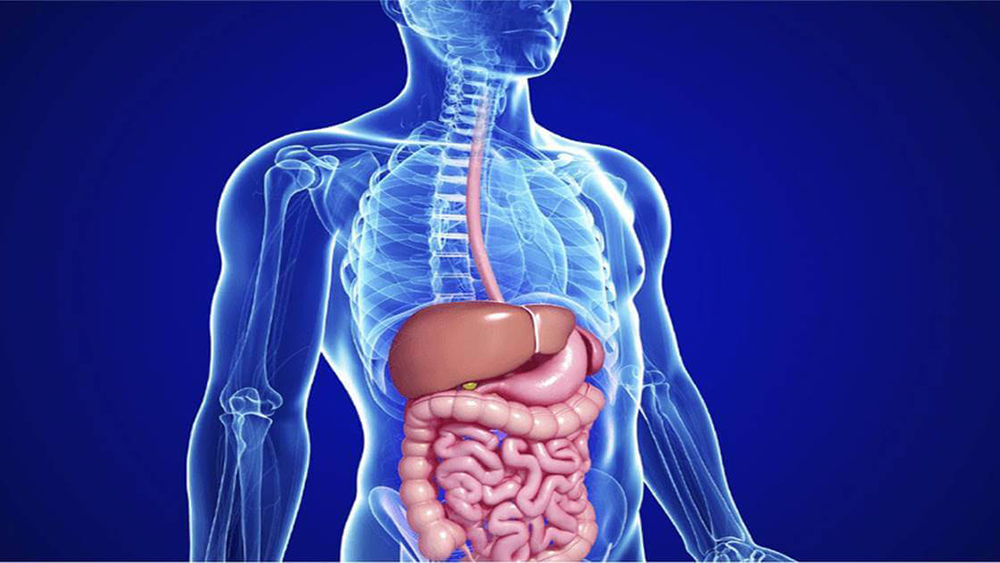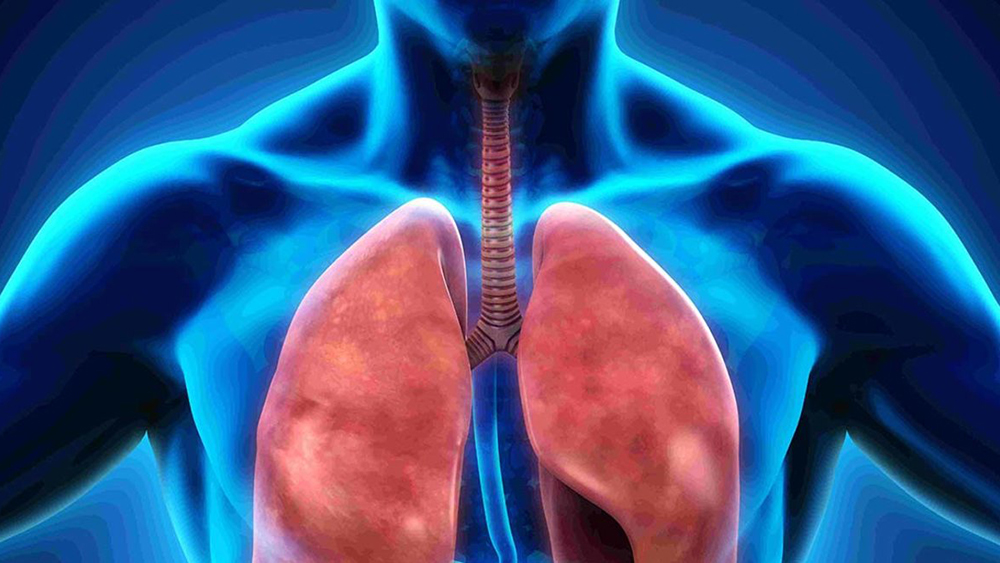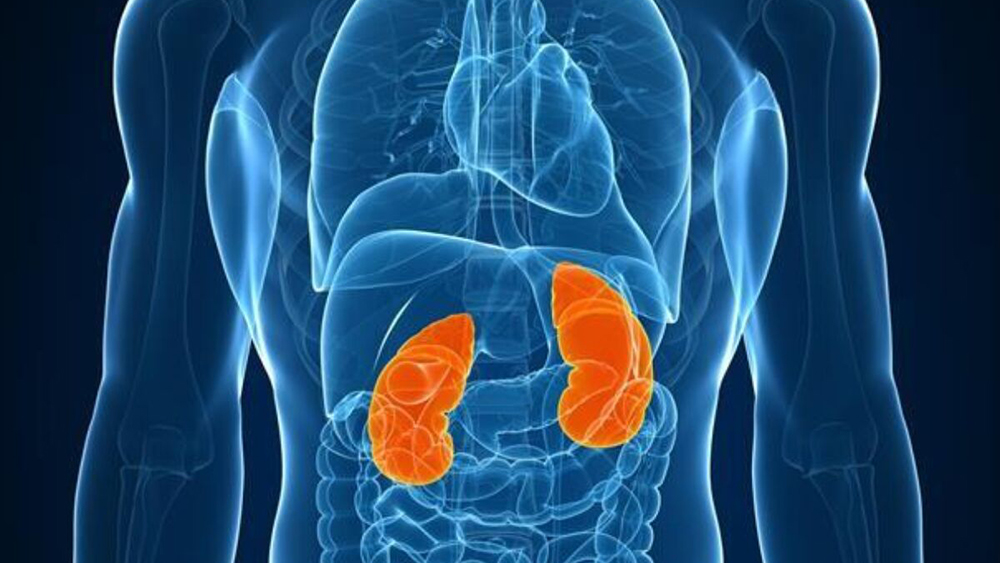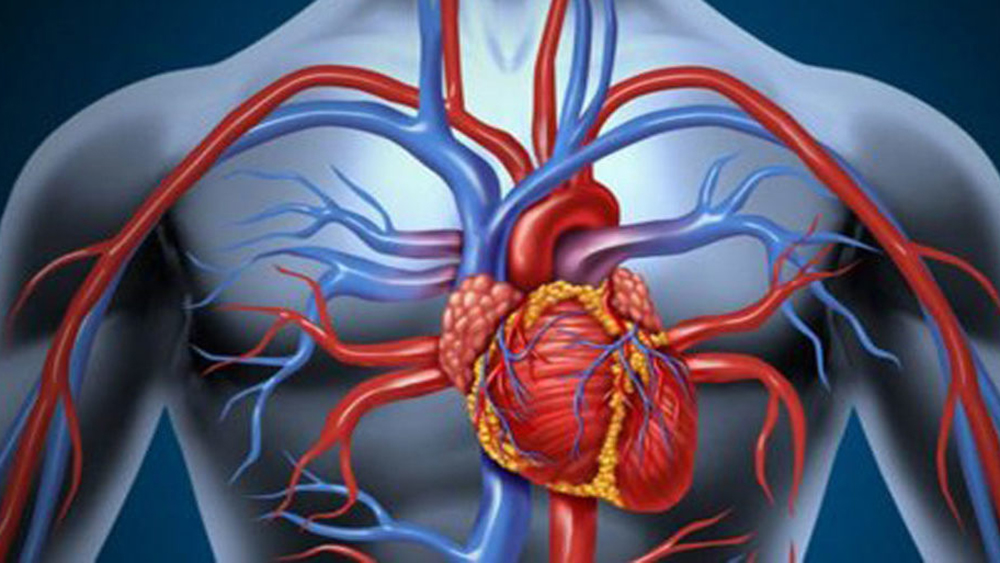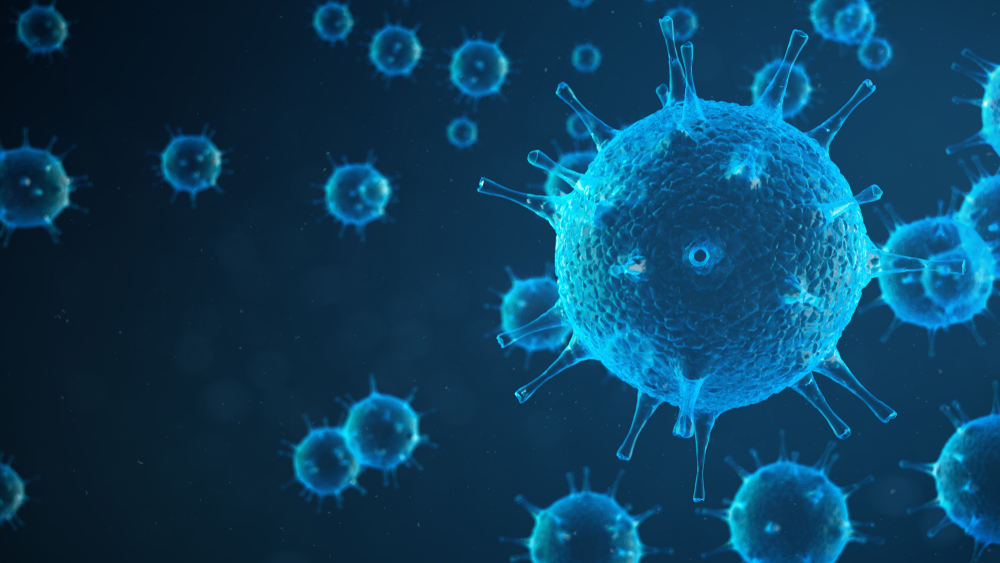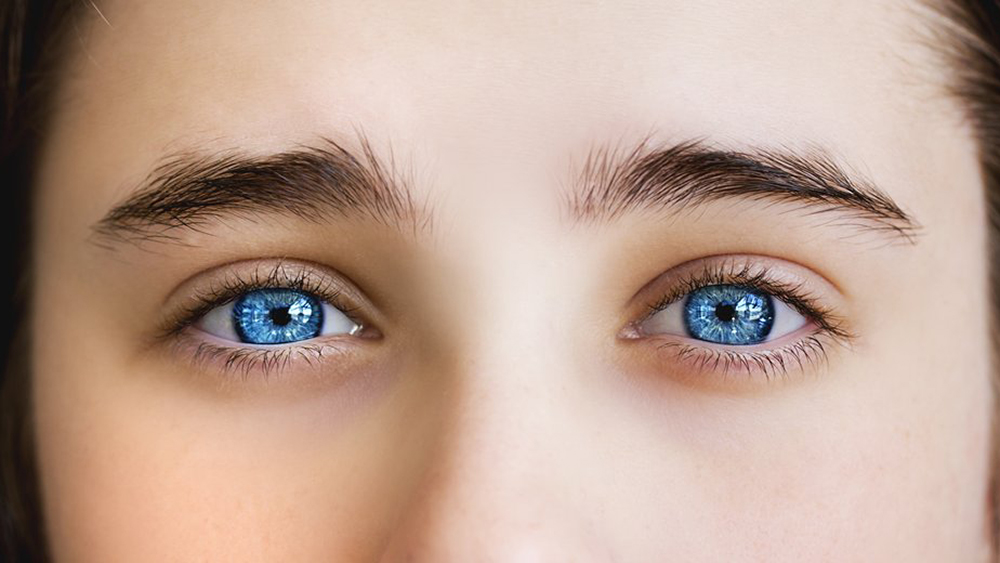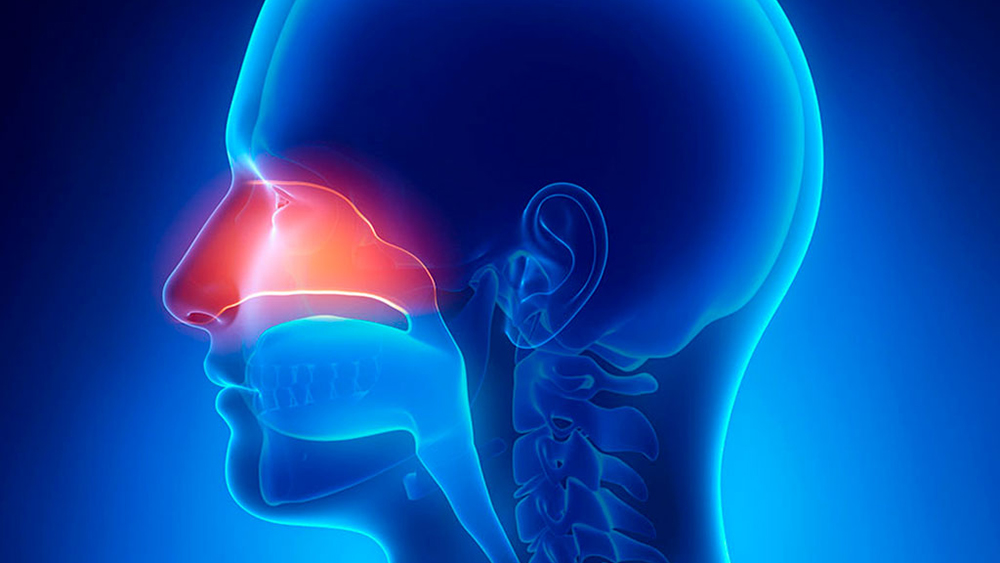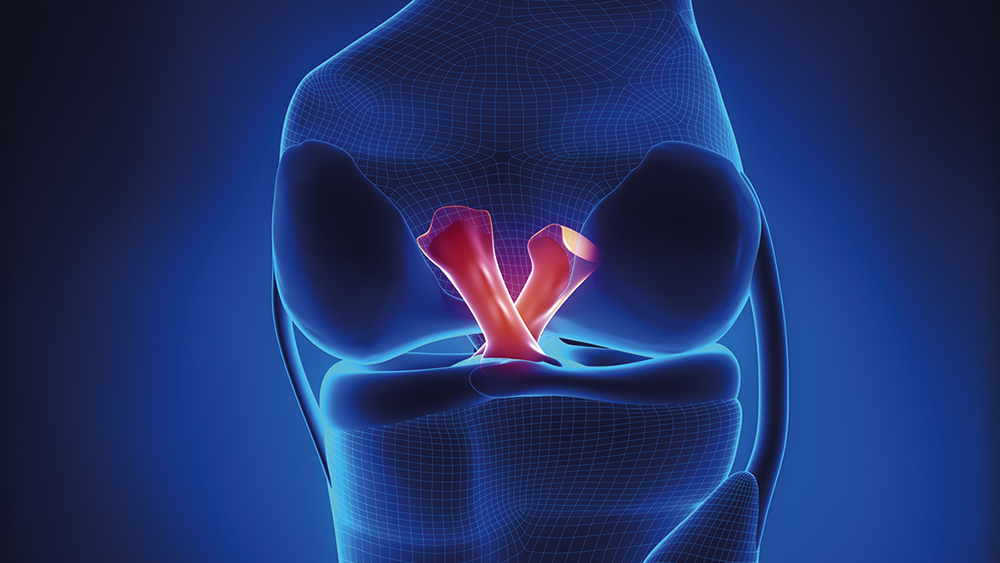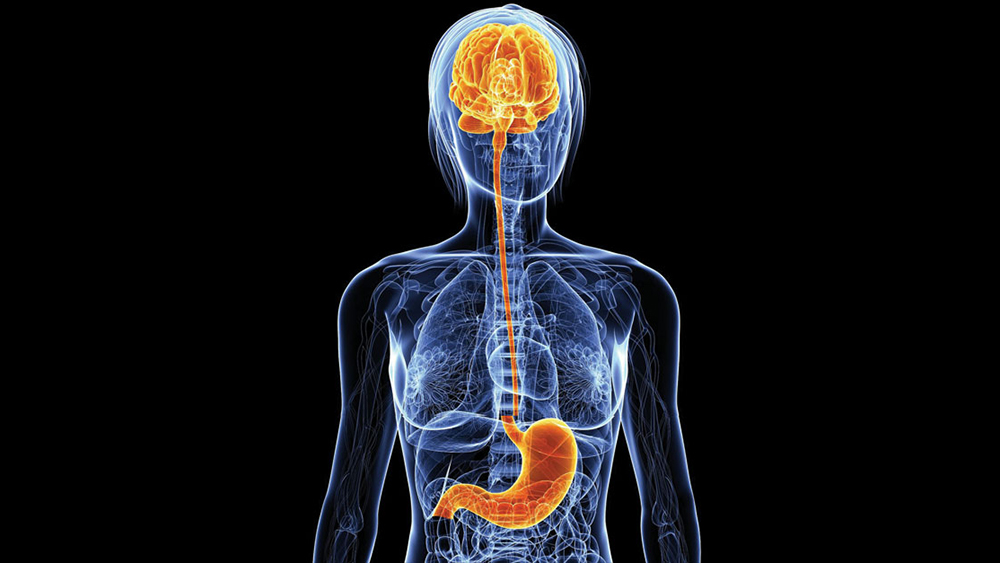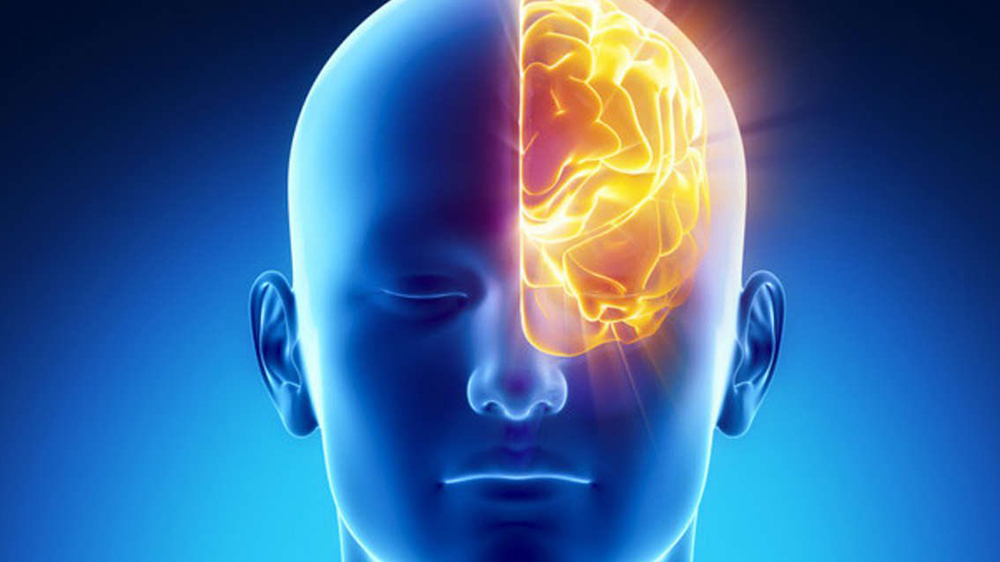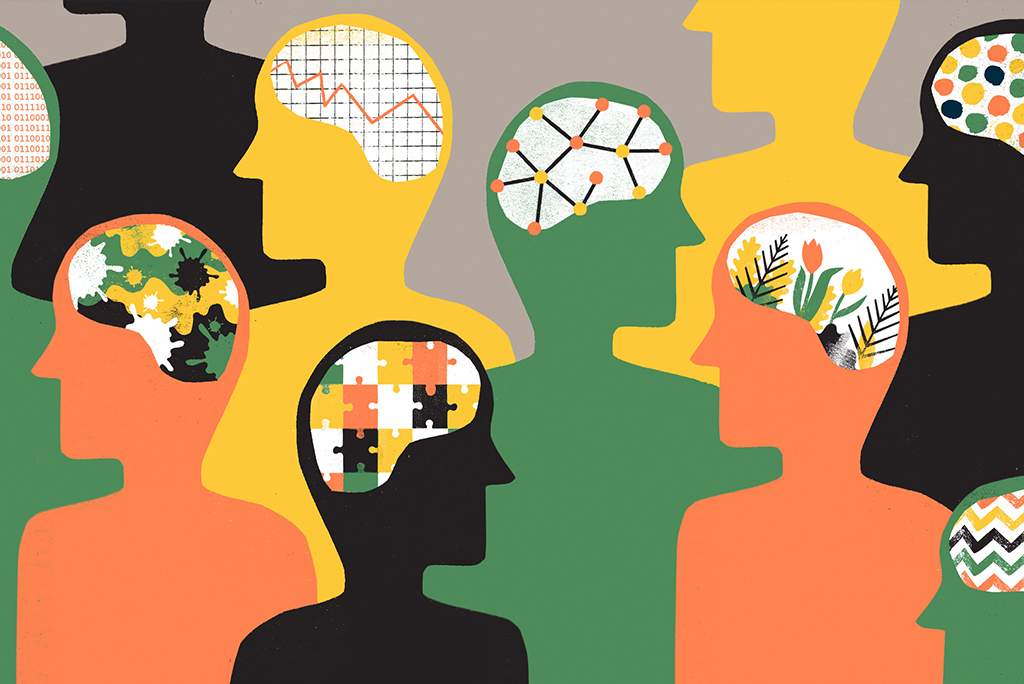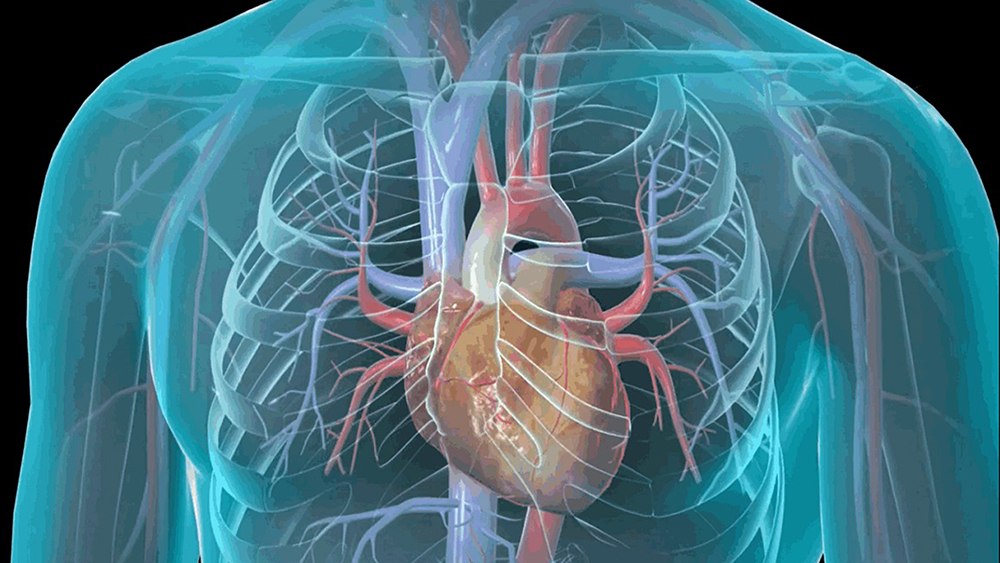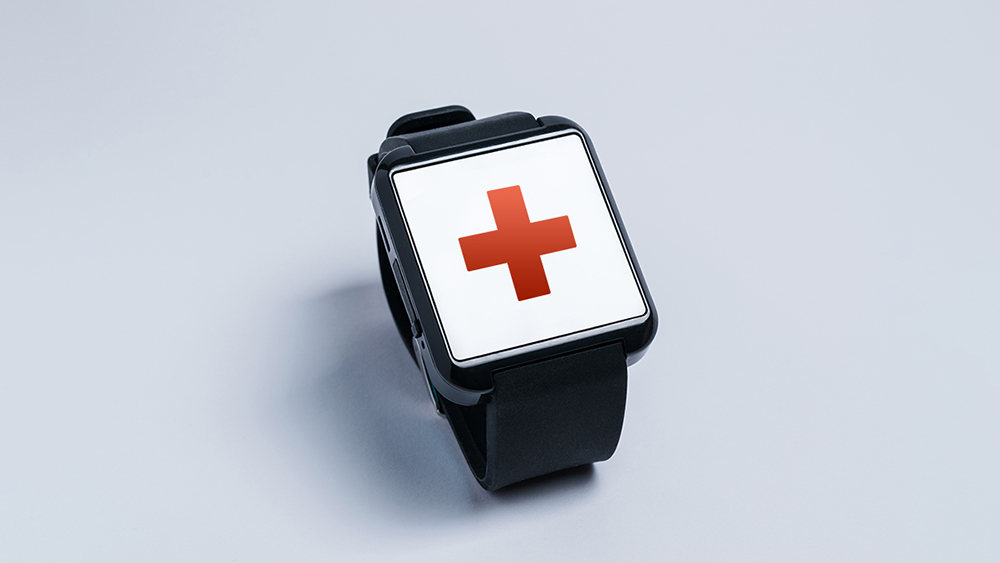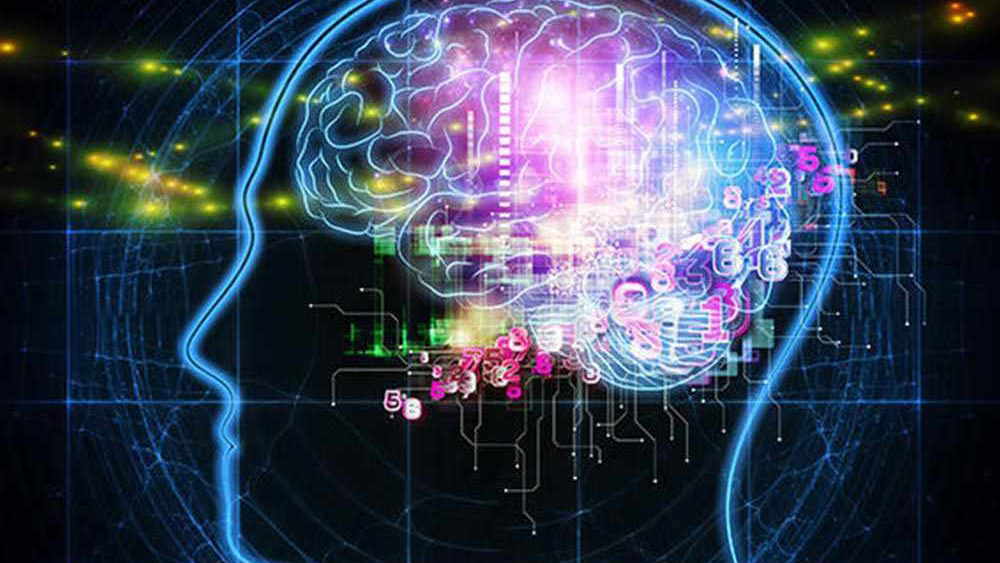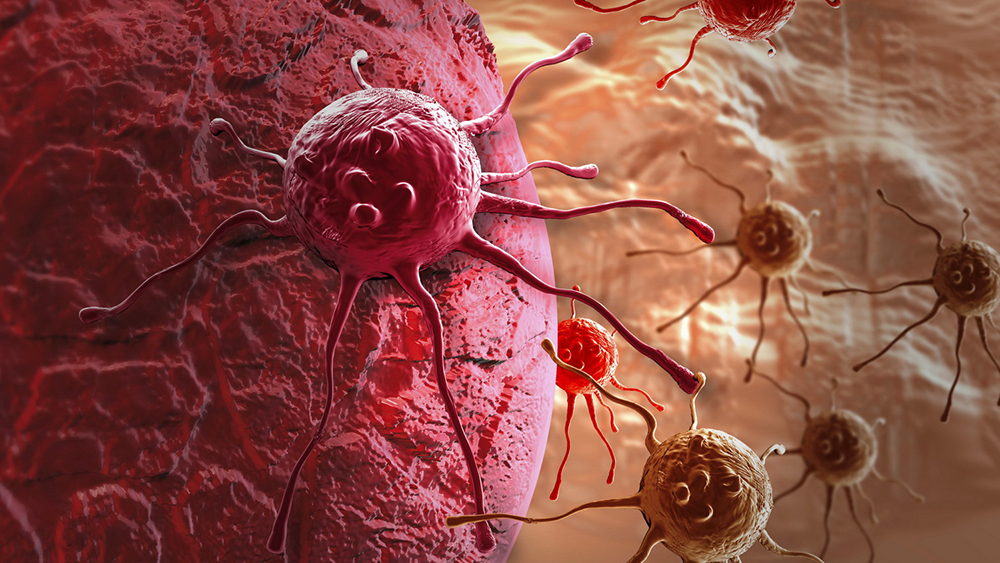Commonly referred to as a “mild drug” because of its sweetened effects on the central nervous system; in fact, it is a real drug that has long been used not only for “recreational” purposes, but also for medical and religious purposes. We are talking about cannabis (or hemp), an angiosperm plant native to Afghanistan that is widely cultivated in Asia, Europe and Africa. Cannabis comes in various forms, including “hash,” the resinous part, and “marijuana,” consisting of the dried and shredded leaves and stems of the plant.
History
The use of cannabis as medicine dates back at least 2,500 years and was described in the first treatise on pharmacology written in China. In Europe, the widespread use of cannabis is mainly related to its use in textiles, but in the 17th and 18th centuries it was also used in medicine as an analgesic and sedative. Numerous famous writers and poets made use of it, including Verlaine, Rimbaud, Mallarmé, Dumas, Baudelaire, Balzac, Hugo, and Shakespeare. In Italy, it was Raffaele Valieri, a physician at the Incurabili Hospital in Naples, who introduced the properties of cannabis in the medical field. Since 2015, the cultivation of cannabis plants for use in the preparation of medicines has been legalized in our country. However, cannabis is still not considered a true therapy, but a supportive treatment to standard ones when the latter have not produced the desired effects or have resulted in non-tolerable side effects.
Use in medicine
Cannabis is currently the most widely used drug in the world due to both the sharp increase in volutary use and medical use, especially for the treatment of neurological and psychiatric diseases, such as amyotrophic lateral sclerosis, multiple sclerosis, Alzheimer’s, Parkinson’s, epilepsy, bipolar disorder, and schizophrenia.
Let’s take Parkinson’s disease. Very recent scientific studies (2014 and 2015) of patients treated with cannabis extracts have shown significant improvements in the main symptoms of the disease, such as tremor, rigidity and slowness of movement, but also in non-motor disorders, such as alterations in sleep-wake rhythm and pain.
Regarding its use in pain, cannabis is capable of improving mood and quality of life in HIV-infected individuals. In addition, in cancer patients, cannabis can combat chemotherapy-induced anorexia, nausea, and vomiting, as well as chronic pain,insomnia, and mood depression.
The negative aspects
Having ascertained its medicinal qualities, cannabis is still a drug and, as such, it causes negative, serious and lasting effects especially in young people, particularly those who began taking cannabis in their teens.
Addiction, respiratory disorders, memory deficits, reduced attention and concentration, behavioral disorders, and accentuation of depressive, anxious, or psychotic disorders are among the most frequent adverse events.
Despite the difficulties in the therapeutic use of cannabis, numerous studies on its medical use continue to be conducted around the world. However, often the conclusions of such research do not seem appropriate or properly applicable in the public health field. Indeed, studies conducted often lack data to support a favorable risk-benefit ratio. Hence the difficulties in drafting appropriate regulations or procedures for the use of cannabis in the medical field.
By Pietro Biagio Carrieri, Andrea Di Cesare, Massimo Persia





